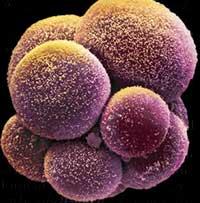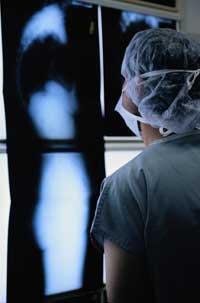Importance of oxygen in the separation of stem cells
2002/03/05 Lasa Iglesias, Aitziber - STEAM Hezkuntza arloko arduraduna
It seems that when the oxygen level is low, adipocytes, cells that accumulate fat, do not reproduce. According to Amato Giaccia, of the University of California, in San Diego, researchers will have the opportunity to correct the separation of stem cells in the desired way.
"The most important part of this research work is that separation can be controlled by small changes in the level of oxygen," says Giaccia.

Giaccia's research focuses on understanding the influence of the oxygen level on cell separation and sustainability. To do this, they have studied the fibroblasts of the mouse embryos at low oxygen level and have observed that the Dec1/Stra13 gene is more abundant.
"We knew that this gene participates in the separation of chondrocytes and that perhaps we thought that Dec1/Stra13 could also have some participation in the separation of adipocytes," says Giaccia.
The hypothesis was corroborated when the fibroblasts of the mice were treated by adipogenic hormones, which at a normal level of oxygen caused the cells to separate in the adipocytes. Cells cultured at low levels of oxygen failed at the time of separation. The data obtained have been published in the journal Developmental Cell.
The finding that the Dec1/Stra13 participates in both adipogenesis and separation for the condrocyte of the cell has a clear conclusion, according to Giaccia, that is, that this gene may have more functions than expected in the separation of the stem cell, which are currently being investigated.
The discoveries will have important consequences in the research on stem cells.

Gai honi buruzko eduki gehiago
Elhuyarrek garatutako teknologia






